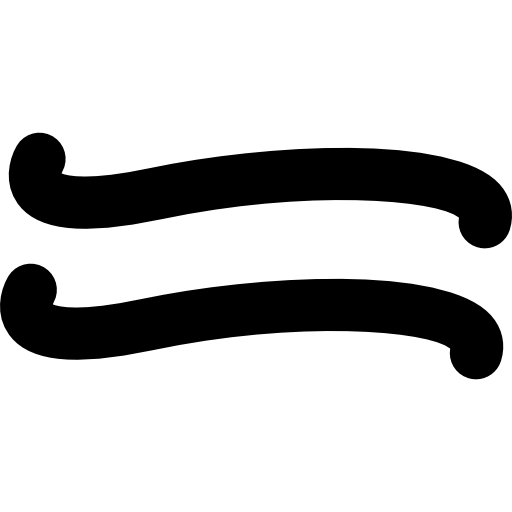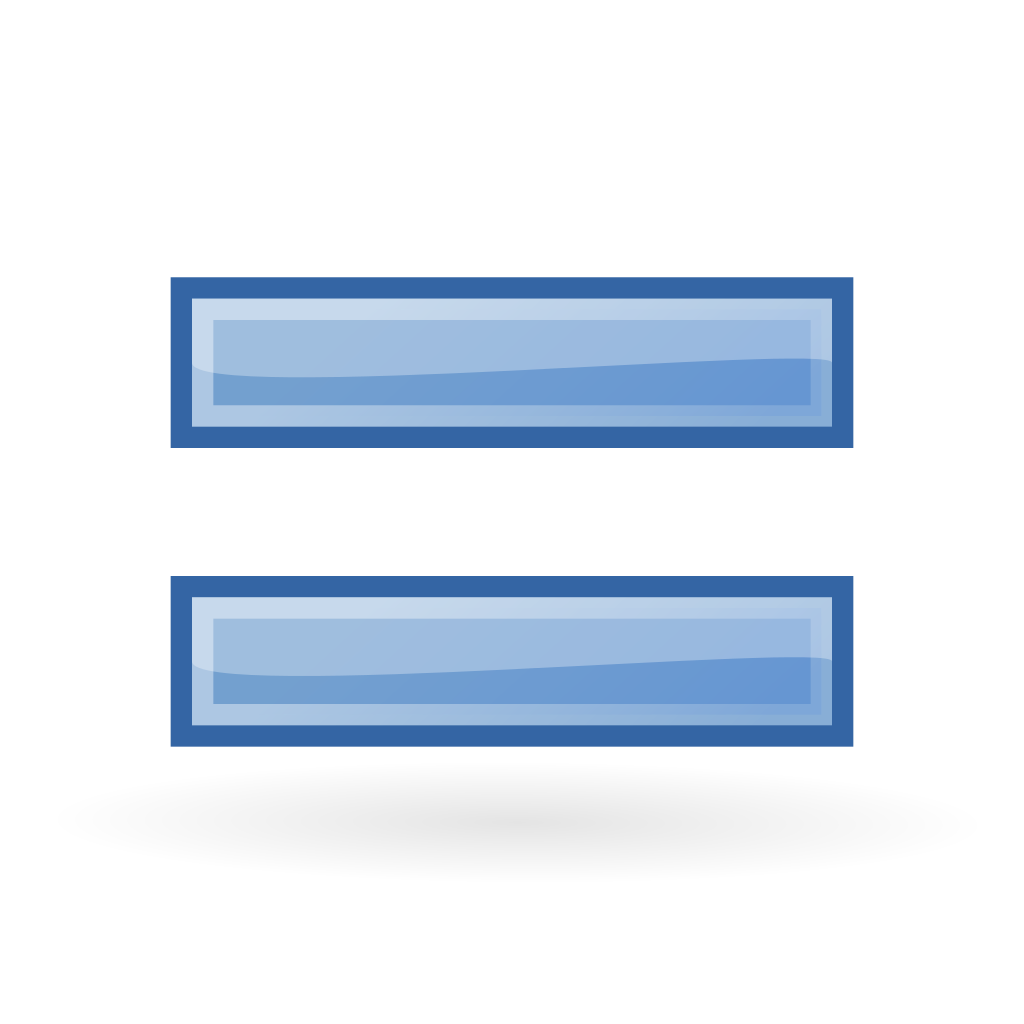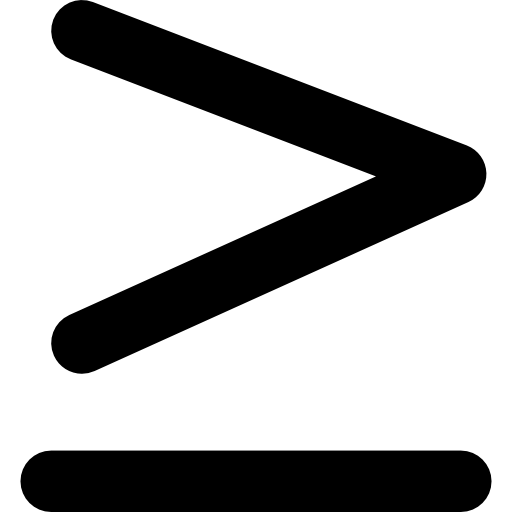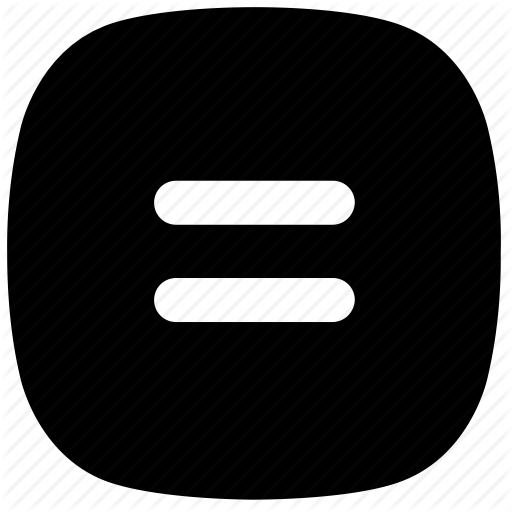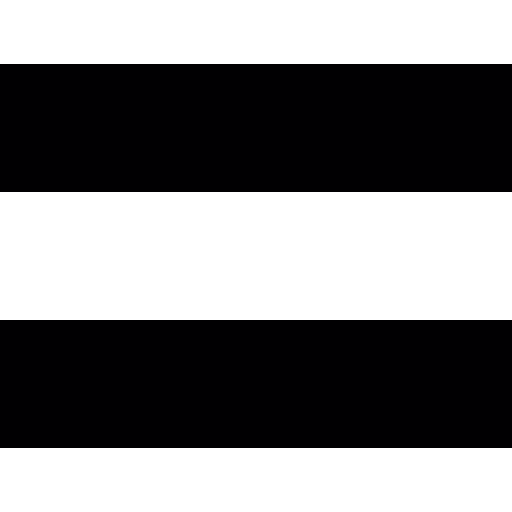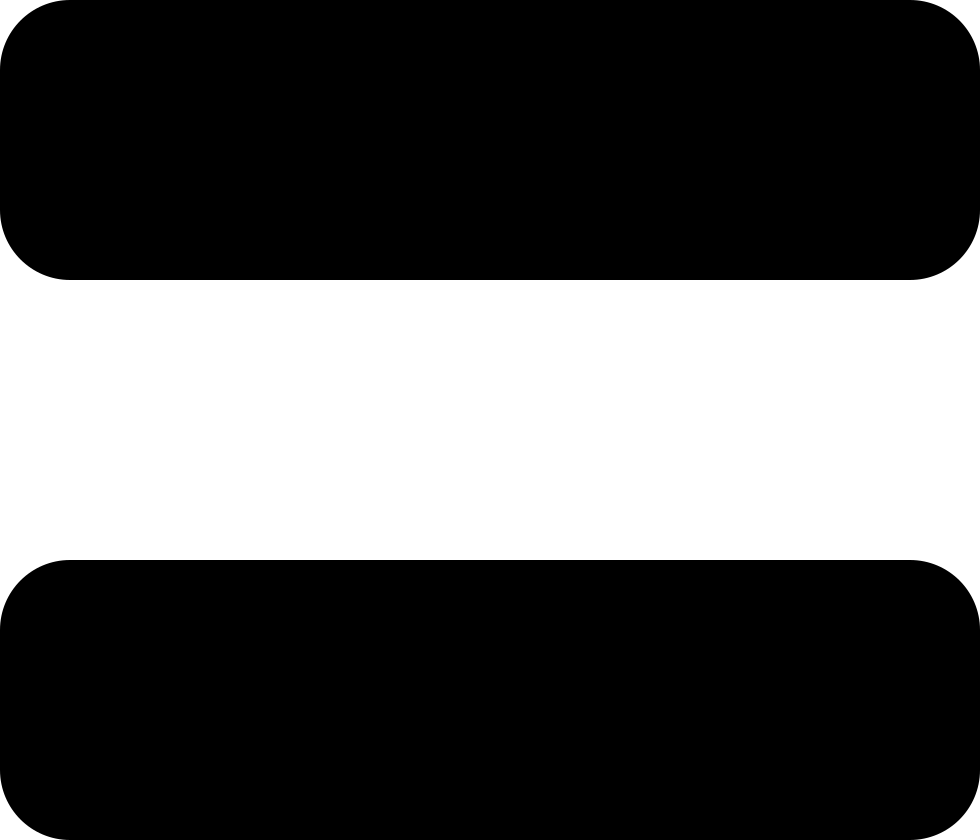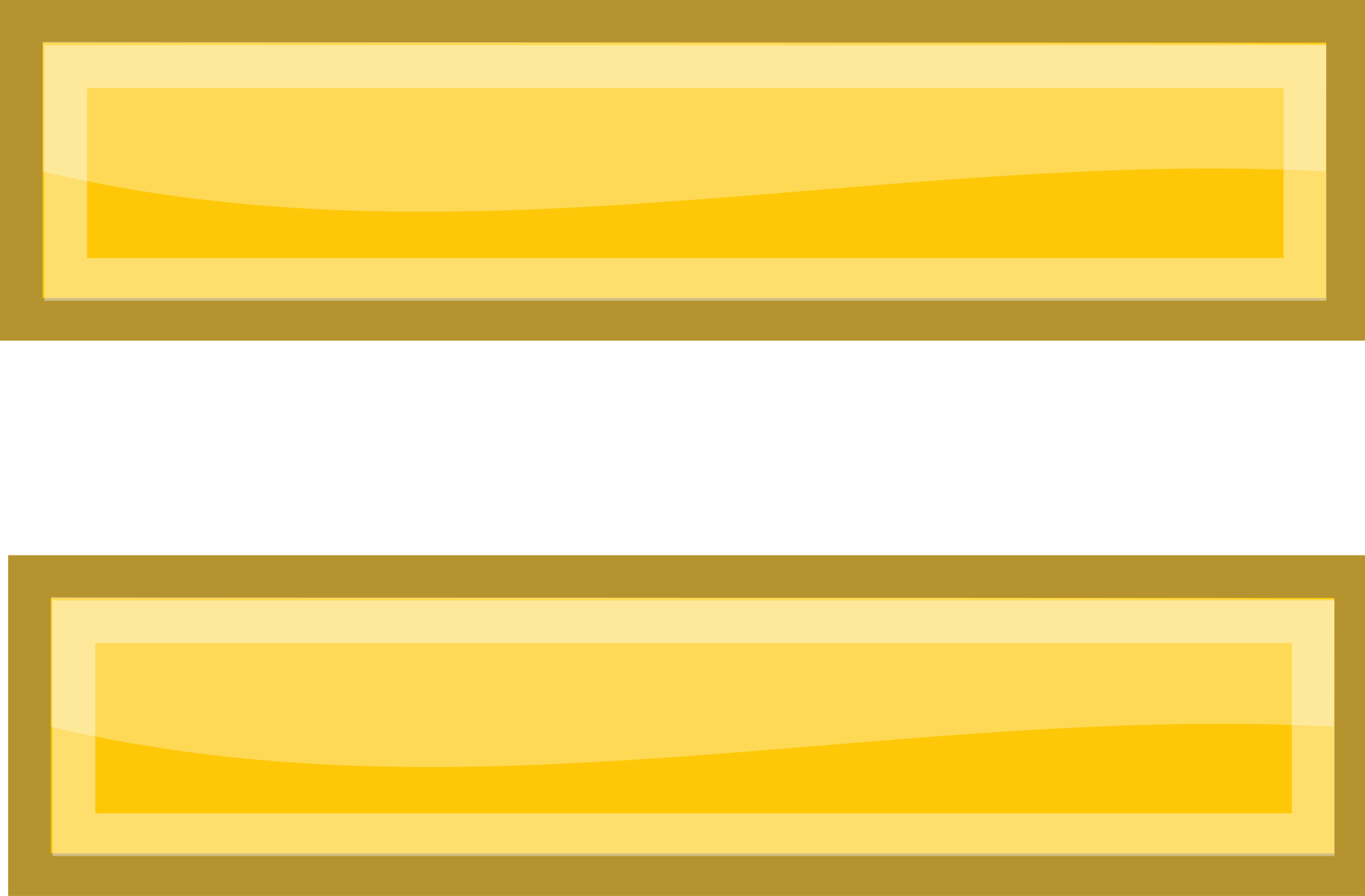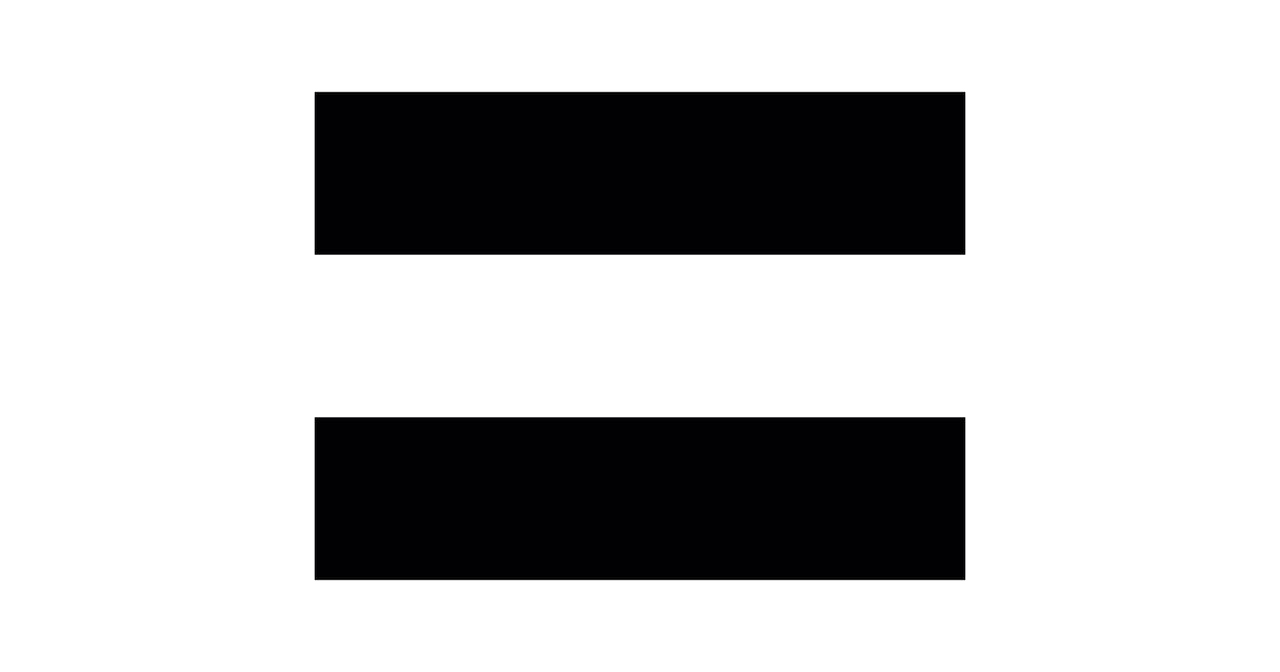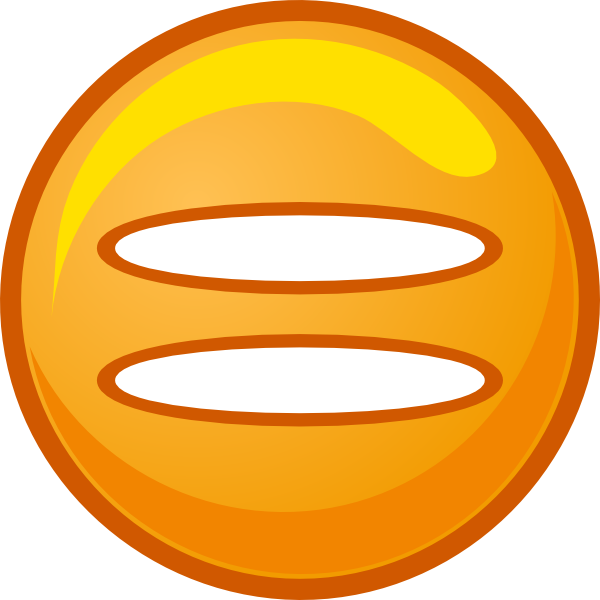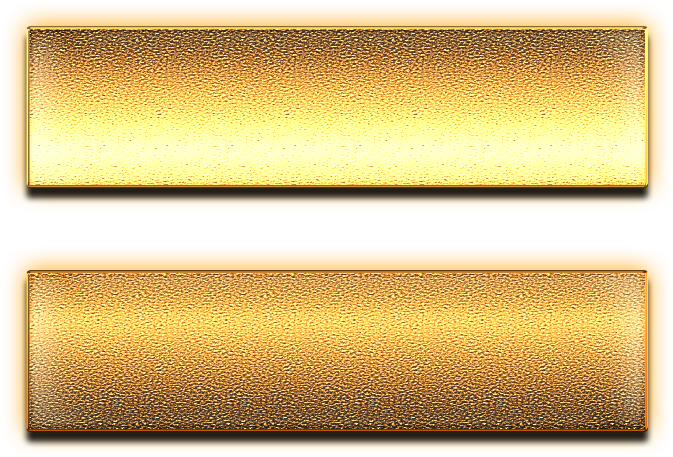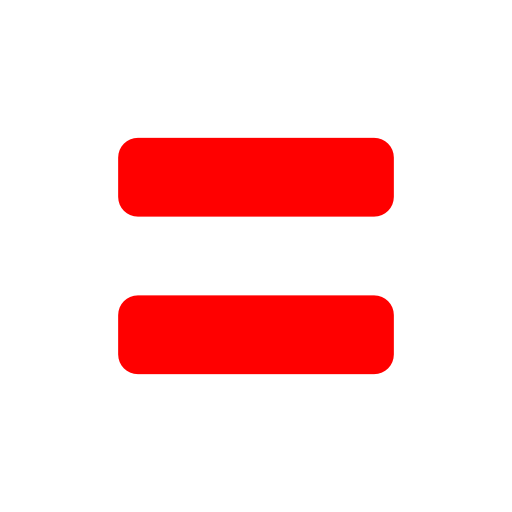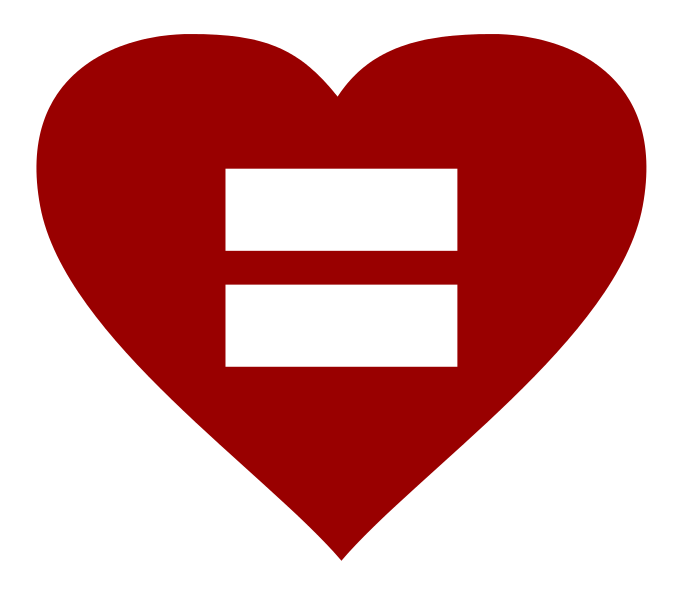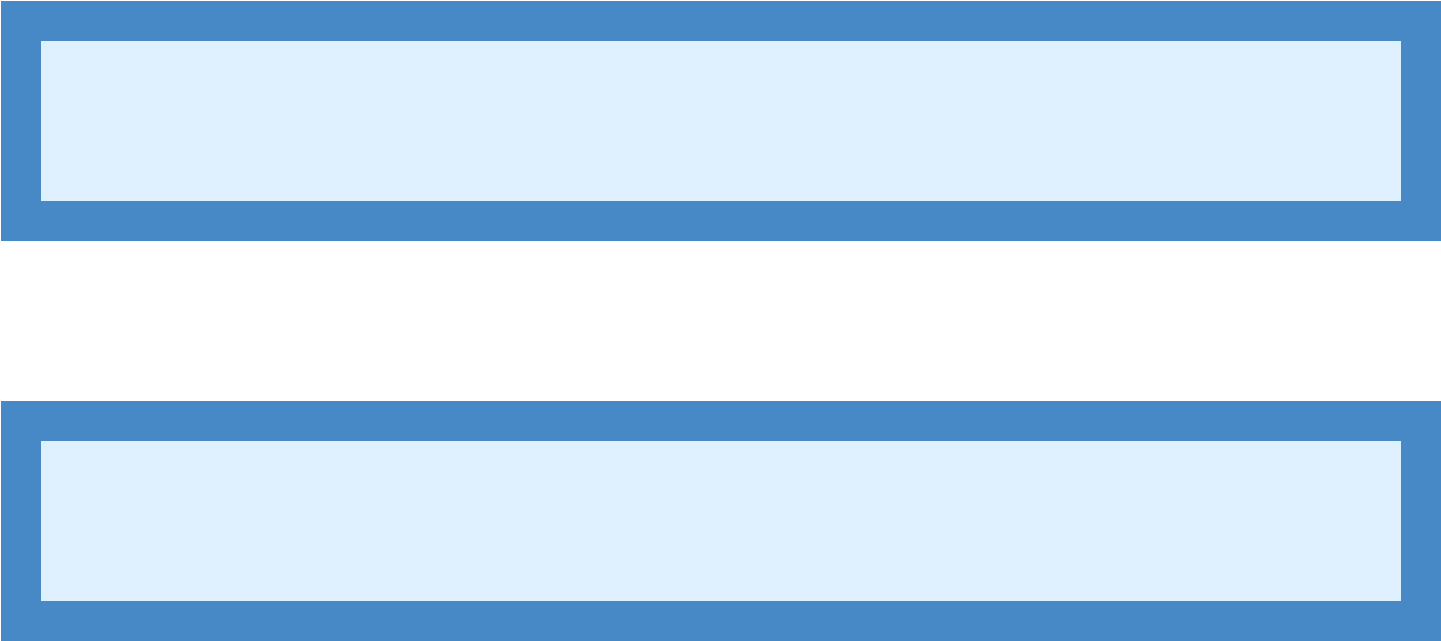Download top and best high-quality free Equal Sign PNG Transparent Images backgrounds available in various sizes. To view the full PNG size resolution click on any of the below image thumbnail.
License Info: Creative Commons 4.0 BY-NC
The equal sign or equality sign (=) is a mathematical symbol used to indicate an equality, invented by Robert Recorde in 1557. In equations, the equal sign is placed between two (or more) expressions that have the same value. In Unicode and ASCII, U + 003D = EQUALS SIGN (HTML =).
In mathematics, the equal sign is as a statement of simple facts in certain cases (x = 2), or creates a definition (make x = 2), a conditional statement (if x = 2…), or universal. Represents the logical equivalence (x + 1) 2 = x2 + 2x + 1.
The first significant computer programming language that used the equal sign was Fortran’s original version, FORTRAN I, designed in 1954 and implemented in 1957. In Fortran, “=” acts as an assignment operator. X = 2 gives the value of X 2. This is a bit like using “=” in a mathematical definition but with different semantics. The expression following the “=” may be evaluated first and refer to the previous value of X. For example, increase the value of the allocation X = X + 2 X by 2.
The usage of rival programming languages was pioneered by the original version of ALGOL, designed in 1958 and implemented in 1960. “As a conditional usage of mathematics. The equal sign was reserved for this usage.
Both usages remained common in various programming languages until the early 21st century. Like Fortran, “=” is used for assignments in languages such as C, Perl, Python, awk, and their descendants. However, “=” is used for equality rather than an assignment in the Pascal family, Ada, Eiffel, APL, and other languages.
In some languages, such as BASIC and PL/I, the equal sign is used to mean both assignment and equivalence, which are context-sensitive. However, in most languages where “=” has one of these meanings, another character, or sequence of characters, is often used for the other meaning. Following ALGOL, most languages that use “=” for the equal sign use “: =” for assignment, but APL uses the left-pointing arrow with its special character set.
Fortran uses the four characters “.EQ” and until the release of FORTRAN IV in 1962, the equality operator (which can only compare expressions to zero using arithmetic IF statements) There was no. Test for equality. Language B introduced the use of “==” in this sense. It was copied by its descendant C and most of the language after “=” means an assignment.
Download Equal Sign PNG images transparent gallery.
- Equal Sign Transparent
Resolution: 512 × 512
Size: 6 KB
Image Format: .png
Download
- Equal Sign
Resolution: 1024 × 1024
Size: 23 KB
Image Format: .png
Download
- Equal Sign PNG Clipart
Resolution: 512 × 512
Size: 6 KB
Image Format: .png
Download
- Equal Sign PNG Download Image
Resolution: 512 × 512
Size: 17 KB
Image Format: .png
Download
- Equal Sign PNG File Download Free
Resolution: 512 × 512
Size: 5 KB
Image Format: .png
Download
- Equal Sign PNG File
Resolution: 512 × 512
Size: 0 KB
Image Format: .png
Download
- Equal Sign PNG Free Download
Resolution: 980 × 840
Size: 5 KB
Image Format: .png
Download
- Equal Sign PNG Free Image
Resolution: 800 × 800
Size: 2 KB
Image Format: .png
Download
- Equal Sign PNG HD Image
Resolution: 2000 × 1313
Size: 19 KB
Image Format: .png
Download
- Equal Sign PNG High Quality Image
Resolution: 512 × 512
Size: 6 KB
Image Format: .png
Download
- Equal Sign PNG Image File
Resolution: 1280 × 672
Size: 9 KB
Image Format: .png
Download
- Equal Sign PNG Image HD
Resolution: 600 × 600
Size: 67 KB
Image Format: .png
Download
- Equal Sign PNG Image
Resolution: 673 × 457
Size: 220 KB
Image Format: .png
Download
- Equal Sign PNG Images
Resolution: 512 × 512
Size: 2 KB
Image Format: .png
Download
- Equal Sign PNG Photo
Resolution: 2000 × 2828
Size: 31 KB
Image Format: .png
Download
- Equal Sign PNG Pic
Resolution: 1600 × 1600
Size: 5 KB
Image Format: .png
Download
- Equal Sign PNG Picture
Resolution: 684 × 600
Size: 14 KB
Image Format: .png
Download
- Equal Sign PNG
Resolution: 1441 × 641
Size: 5 KB
Image Format: .png
Download
